
Retirement gives new energy and enthusiasm to travel and even with the price of gasoline on the rise, seeing America by way of enchanting back roads and hidden hideaways makes for great family fun, super photograph albums and memories of a lifetime.
Returning from a trip to Nashville in early May, my husband, Ted, took a detour through Arkansas where his parents were born and originally lived on family farms. One of the highlights of our trip was a visit to the Crater of Diamonds State Park where visitors really do get to keep whatever they find. Ted had been before, so he knew what to expect upon our arrival in Murfreesboro, a ways off the beaten path. The crater is located approximately 110 miles from busy Little Rock, the state's capitol; 60 from Hot Springs, one of the most beautiful old cities in America; and 55 miles from Texarkana, AR.
Arkansas is called "The Natural State" because it is blessed with an abundance of geological wonders. The Crater of Diamonds State Park is the only diamond-producing site in the world open to the public. Guests are invited to prospect in the 37-acre plowed field that is the eroded surface of an ancient volcanic pipe that brought to the surface diamonds and semi-precious stones visitors find today.
Diamonds of all colors can be found at the park, but the three most common colors unearthed are white, brown and yellow. The mine is a rock hound's delight since, along with the much sought after diamonds, over 40 types of rocks and minerals can be found here, too. These rocks and minerals include lamproite, amethyst, banded agate, jasper, peridot, garnet, quartz, calcite, barite and hematite.
John Huddleston, a local farmer who owned the property, found the first diamonds embedded in the soil in 1906 and started the diamond mining rush. Huddleston later sold his diamond-bearing land for $36,000. According to a book by Howard Miller, Huddleston became nationally famous and was referred to as "Diamond John" and the "Diamond King," but later met with misfortune and died a pauper. He is buried three miles east of the diamond field.
After a series of ill-fated mining ventures and tourist attractions, the site became an official Arkansas state park in 1972. Along with the diamond search area itself, the park has hundreds of acres of natural forest featuring a diversity of flora and fauna and offers visitors a bevy of activities. Convenient lodging and dining are nearby.
Searching for the actual diamonds in the plowed field can be done in three ways. Surface searching is walking up and down the rows of dirt looking for diamonds that have worked their way to the top of the soil. This is a productive method after a hard rain as the stones continually make their way to the surface. A second successful method used is digging in the soil and screening for diamonds and other jewels. The third method of hunting requires a lot of hard work and is usually done by guests with previous experience. It involves the digging of a deep hole or holes, removal of the soil and washing it in a series of screens.
On permanent display at Crater of Diamonds State Park, where it was discovered in 1990 by Shirley Strawn of Murfreesboro, is the "Strawn-Wagner" diamond. It is the most perfect diamond ever certified by the American Gen Society and is graded at O/O/O, ideal cut, D color and flawless, or a Triple Zero. A diamond this perfect is so rare that most jewelers and geologists will never see one during their entire career. It weighed 3.03 carats in the rough and in 1998 after it's cutting by Lazare Kaplan International of New York, the AGS certified this diamond as one in a billion.
A 40.23-carat, white diamond is the largest ever found in North America and was discovered at the Crater in 1924 by W. D. Bassum, who went by the nickname of "Uncle Sam." Thus, the giant rock is called the "Uncle Sam" diamond and was cut twice over the years with the second cutting resulting in a 12.42-carat emerald cut gem.
The 4.25-carat "Kahn Canary" was worn by First Lady Hillary Clinton at her husband's Presidential Inaugural galas in 1993 and 1997 as a unique way to represent their state of Arkansas. The diamond's owner, Stan Kahn of Pine Bluff, loaned the diamond to Mrs. Clinton.
The "Amarillo Starlight" diamond is 16.37 carats and the largest ever discovered in the Crater since it became a state park. W. W. Johnson of Amarillo made this find in 1975 while on vacation with his family. This diamond was cut into a 7.54-carat marquise shape.
In April 2008, 120 raw diamonds were found at the Crater. In the twelve months of 2007, a total of 1,024 diamonds were found and registered. On the day before our visit in early May 2008, five diamonds were found. In 1994, 1,421 diamonds were found with most years averaging 500 or better per year.
For more information on the Crater of Diamonds State Park, please call (870) 285-3113, or log onto www.craterofdiamondsstatepark.com or email craterofdiamonds@arkansas.com. The park is open year round with the exception of New Year's Day, Thanksgiving Day and Christmas Day. Adults are charged $6.50 while children, ages 6--12, are admitted for $3.50. Children under six are free. Guests may bring their own digging tools or rent them from the park.
Editor's Note - This article is taken from a series "Roads Less Traveled" by writer Brenda Cannon Henley. Henley can be reached at (409) 781-8788 or by email to brendacannonhenley@yahoo.com.






.jpg)























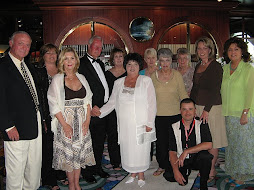

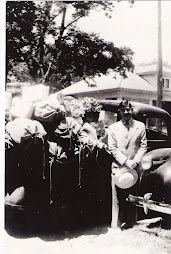
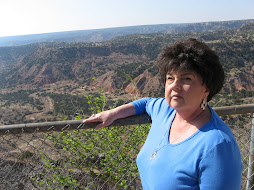

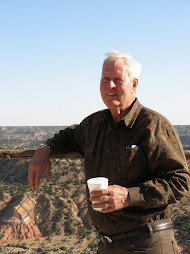



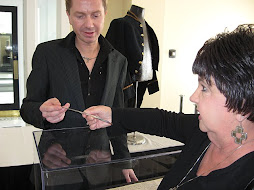

No comments:
Post a Comment